![]() There are 3 types of film: black & white, color negative, and slide film. While slide film (also known as transparency film, color reversal film, or E-6 film) is not nearly as popular as B&W and color negative, it doesn’t mean it’s not a great film. At one point it was the go-to film for professional color photographers. It has an incredibly fine grain, amazing color, and—since it’s not a negative—it can be projected. In fact, slide projectors are the reason for the name “slide” film.
There are 3 types of film: black & white, color negative, and slide film. While slide film (also known as transparency film, color reversal film, or E-6 film) is not nearly as popular as B&W and color negative, it doesn’t mean it’s not a great film. At one point it was the go-to film for professional color photographers. It has an incredibly fine grain, amazing color, and—since it’s not a negative—it can be projected. In fact, slide projectors are the reason for the name “slide” film.
These days it can be difficult to find labs that process slide film, let alone labs that process it in-house. Here at The Darkroom, it’s one of our specialties! We have been dip & dunk processing E-6 slide film in-house for over 25 years.
The recent re-release of Kodak Ektachrome 100 has sparked a growing buzz around slide film. But Ektachrome isn’t the only professional grade E-6 slide stock around—there are many others! FujiFilm, for one, never stopped producing slide film and currently sells three different types: Velvia 50, Velvia 100, and Provia 100f. With that in mind, we thought it would be a great time to compare some of the great E-6 options available today.
Of the 4 professional grade slide film stocks, we have 3 favorites for different reasons and for different applications. Kodak Ektachrome 100 and FujiFilm Provia 100f produce similar results and both very versatile slide film stocks. They have great color, fine grain, and the only significant difference we say is that Provia 100f has slightly better exposure latitude. They are good for portraiture, landscapes, and all-around daytime shooting.
The other two options are Velvia 50 & 100. Which are both great but of the two, Velvia 50 is our favorite – it has an amazing color, super fine grain, and much better tonal transitions and exposure latitude than Velvia 100 which means to does better in contrasty light. If you’re looking for the vibrant saturated color we recommend Velvia 100 which is known for its poppy color and higher contrast.
Below are examples of each film and some comparisons.
Ektachrome 100
FujiFilm Provia 100f
FujiFilm Velvia 50
FujiFilm Velvia 100
Overall, each of these slide film stock has their place – it all depends on what you prefer, your subject, and the light you’re shooting in. Keep on mind that all the FujiFilm stock are not only made in 35mm but 120 and 4×5 as well while Ektachrome is only made in 35mm.



 My Account
My Account

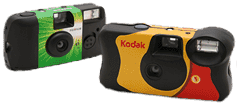
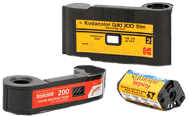
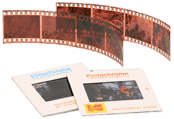
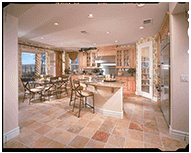
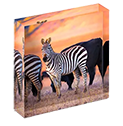
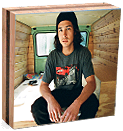
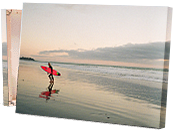

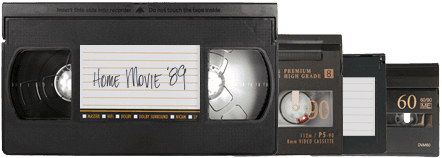
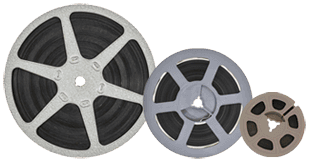
 Gift Cards
Gift Cards Film Index
Film Index FAQ
FAQ




























Thank you for this – very valuable
My favorite slide films when I was younger and pretty much only shot slide film, was Agfa and then Ektachrome. I was a late comer to Fujifilm slide film, but really like the Velvia films, especially the V50. I’m hoping Kodak brings the Ektachrome back into the medium and large formats, so when I’m using my Kodak Duoflex III I can enjoy excellent color rendition.
Super nice and informative post! Can’t wait to get my hands on some slide film 😁
I miss Kodachrome!
I recently shot some decades-old Kodak Elite Chrome, overexposed two stops, and cross-processed; the results were FABULOUS!
Give this a try if you ever get the opportunity.
[…] 2018, it re-released Ektachrome 100, after the last of its colour slide film had been discontinued in 2011. And the same year it also […]
Very valuable article! Thanks for the write-up!
Revisiting this in 2020, now Ektachrome comes with 120 as well!
I recently shot Fuji Provia 100 and Ektachrome 100 at the same event. Both are great films but I found the color on the Ektachrome to be subjectively slightly more pleasing. This was especially true with flesh tones. Ektachrome color is vibrant without appearing artificial or overcooked. Considering that that Ektachrome costs significantly less, I am switching to this film. I will now use Ektachrome along with Fuji Velvia (mostly the 50) if I need the extra saturation.
That is pretty much my assessment as well. I’m loving E100 and I will happily shoot Provia as well but I prefer the E100. I also have some Velvia around for those punchy shots.